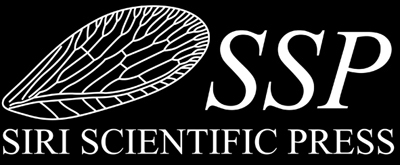FOSSIL ZOMBIE TAXA
Posted by David Penney on
I could not resist posting this for Halloween! In paleontology, a zombie taxon (plural zombie taxa) or the zombie effect refers to a fossil, such as a dinosaur tooth, that was washed out of its original rock matrix and re-deposited in sediments millions of years younger, which then subsequently lithified to form rock. This could lead a casual observer to identify the fossil as being much younger than it actually is (given that the age of fossils is usually determined based on the age of the rocks from which they are extracted). This basic mistake in the interpretation of the age of the fossil leads to its title. The discovered fossil was at some point mobile (or "walking") while the original animal or plant had long been dead. When this occurs the fossil is described as a "reworked fossil" or remanié. The terms zombie effect and zombie taxon/taxa were defined by David J. Archibald in 1996.

Jurassic ammonite internal mold redeposited (and bored) in a Cretaceous sediment, thus a zombie taxon or remanié; Faringdon Sponge Gravel, England.
The above text (modified) and figure were taken from the Zombie taxon Wikipedia page
Another example concerns fossil arthopods preserved in Burmese amber, which for a long time was thought to be 'Tertiary' in age, due to the rocks from which it was recovered. However, it is now understood that some of the Burmese amber has been reworked and that it originates from the Cretaceous period. More information about the history of this (and other) deposit can be found in our edited volume on the Biodiversity of Fossils in Amber from the Major World Deposits.
Click the cover to go to the product page, enter Halloween16 at checkout for a massive 25% discount on this title! Offer ends midnight 31 October (tonight)!
Antenna, 35: This impressive book constitutes a reliable sources of information on the palaeodiversity of amber arthropods, it will beyond doubts become a reference handbook for all amber students and general entomologists. It is a must have for all entomological libraries, recommended to both amateur and professional entomologists alike. The audience of this book is potentially very broad and will include not only palaeontologists and entomologists, but also students and all amber enthusiasts.
Share this post
- 0 comment
- Tags: Just for fun, News, Special offer
0 comment

